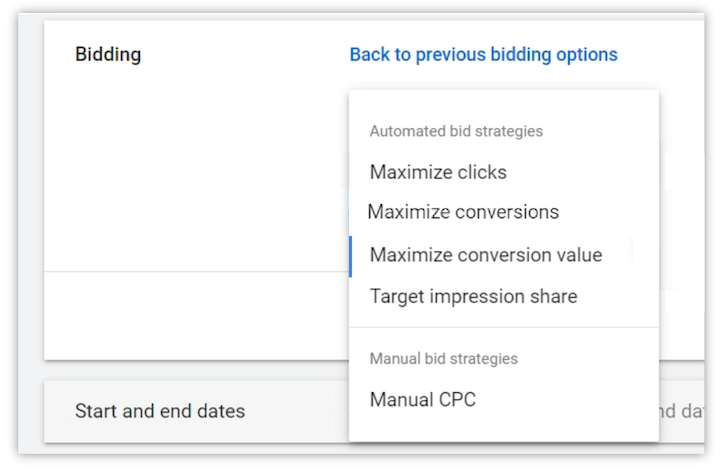
The days of just using individual conversions are long past. All ad platforms now encourage advertisers to embrace and leverage conversion values. Take Google Ads, for example: Max conversion value is one of the only bidding options for PMax campaigns and has been getting a lot of love in account recommendations.
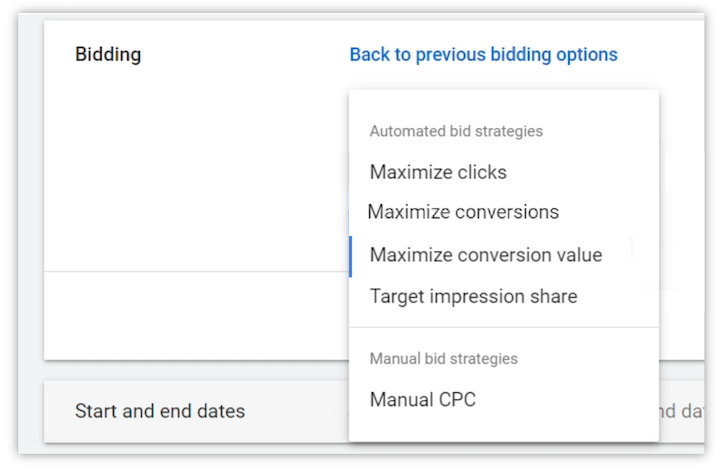
If you’re in ecommerce, conversion value is nothing new—revenue tracking is at the heart of successful shopping campaigns. However, if you’re in a services industry or one that doesn’t have a set price per engagement, you might struggle to land on a conversion value.
In this post we’ll dive into how to do that. Here’s what we’ll cover:
- The difference between individual conversions and conversion values.
- The benefits of leaning into conversion values.
- How to come up with a conversion value.
Note that this post will be heavily focused on how Google leverages conversion values, however, the lessons learned can be applied to other channels.
What’s the difference between conversions and conversion values?
A conversion is any action you ask an ad platform to track. Conversion actions can range from those on the path to profit (downloading a guide, making a call, etc.), to the completed sale.
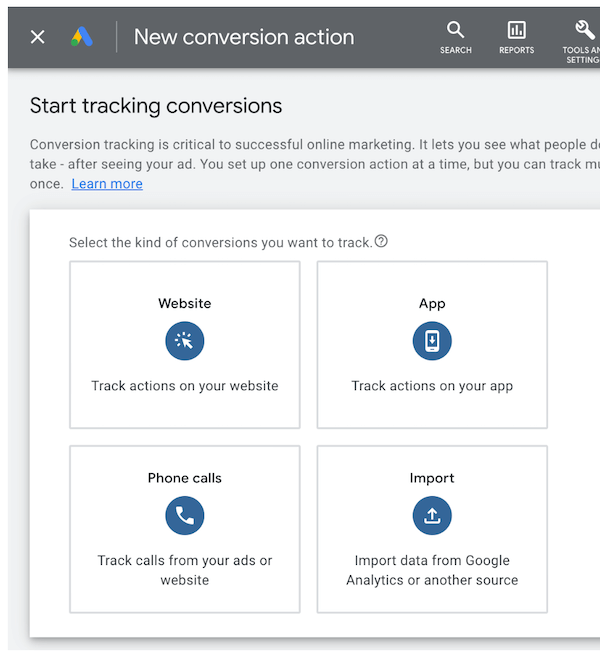
Conversion values are the monetary amount you tell the ad platform to attribute to the completed action.
For example, I might set a conversion action to track all phone calls stemming from my Google Ads ads. Google will track each of them as long as I set the action to a primary action. Whether it values those calls at $1 or $100 or any other amount depends on me adding the conversion value into the action.
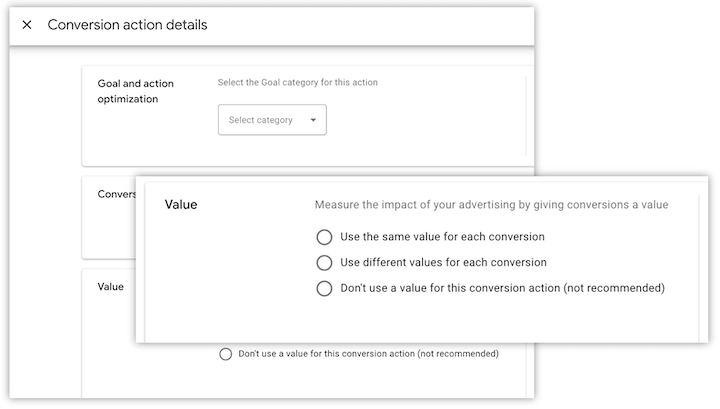
In short, you can track conversions in Google Ads without conversion values—however, you are creating data weaknesses for the ad platform as well as internal reporting.
Why should non-ecommerce businesses set conversion values?
One of the biggest false positives/negatives in PPC reporting is CPA (cost per acquisition). While a low CPA is a good thing, businesses will often over-fixate on getting that number as low as possible without factoring in the value of the leads they’re getting.
ROAS (return on ad spend) is a more helpful PPC metric than CPA in knowing whether your ad campaigns are delivering real-world value.
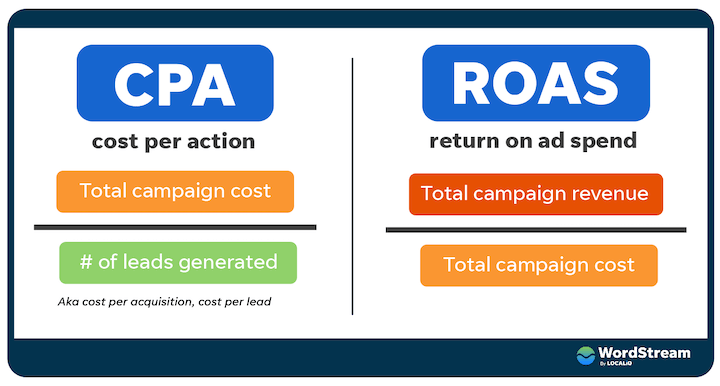
Conversion values help elevate the conversation and bring transparency to the true ROI on your ad spend. By setting conversion values, you’re helping Google Ads know which actions you value most and where to invest the budget.
Additionally, factoring in conversion values will help Google come up with more realistic forecasts on what additional investment could yield. This is especially useful if you have campaigns that are getting limited by budget but are bringing in low-value leads. By building in conversion values, Google can become more intelligent about targeting your ideal prospects.
How to calculate conversion values when you’re not ecommerce
Just because we’re bought into using conversion values doesn’t mean they’re straightforward. Unless you’re in a transactional industry like ecommerce, your conversion values will be based on models and data-backed best guesses.
A really useful place to begin is phone leads vs form-fills vs chats.
- If your sales team is best served by real-time interactions, phone leads might be your best lead type.
- If it’s served best by lots of information about the prospect (potentially gained through a bit of content, a form, or other method), you might value your form-fills or chats higher.
Regardless of which is the most useful, here’s what to do:
- Calculate your baseline value (you can adjust this as you operate and see real-world conversions) as 10% of your gross profit from the average engagement.
- Use the conversion rates from each lead type to come up with the conversion value.
For example, let’s say I’m a lawyer, my average case is worth $6500, and my phone leads convert at 50% while form-fills convert at 20%.
- Baseline value per lead is $6,500 x 0.10 = $650
- Phone lead conversion value = $650 x 0.50 = $325
Form fill conversion value = $650 x 0.20 = $130
Be sure to also factor in location. Certain locations might be tougher/easier to service than others. If your margins are impacted by where a customer is based, or if you have insights about retention from certain markets, you may decide to value leads coming from certain regions higher or lower. This can be done through bid adjustments as well as excluding locations from high-value campaigns with higher ROAS goals.
Know what your conversions are worth
While it’s not mandatory to use conversion values, they will improve account performance if done correctly. Take the time to audit your lead sources and see where your best leads come from. By valuing them higher than the average lead, you will help Google send you the best prospects and have the best chance for ROI.
For more ways to improve your account performance, use our free Google Ads Performance Grader.
The post Why Your Non-Ecommerce Business Should Set Conversion Values (& How to Do It) appeared first on WordStream.

